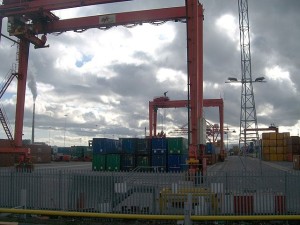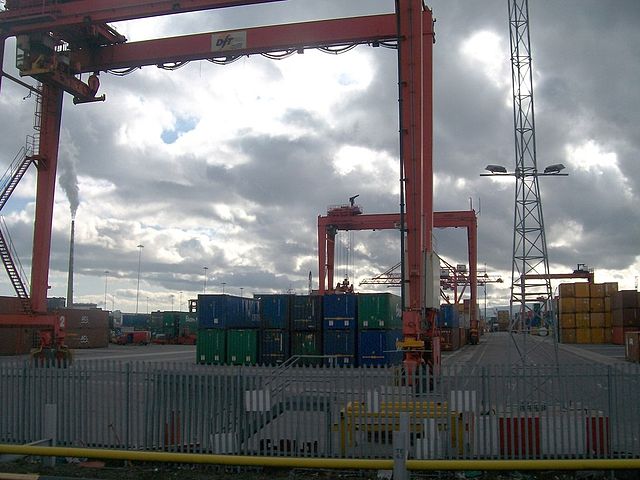 Intra-regional trade and the use of technology in transportation are increasing, and these trends are expected to bring changes to traditional freight forwarding, according to a new report.
Intra-regional trade and the use of technology in transportation are increasing, and these trends are expected to bring changes to traditional freight forwarding, according to a new report.
Transport Intelligence’s (Ti) annual “Global Freight Forwarding 2015” says the focus of global trade appears to be shifting towards regional flows. The top three trade flows in terms of value are intra-regional within Europe, Asia, and North America. Combined, these intra-regional flows comprised almost 50% of global trade in value terms for 2014.
“As such, we see M&A activity on the rise and growing introductions of new products such as multi-modal transportation to support these growing demands,” said Ti.
Another transformative development seen in the forwarding market is the application of technology and data analysis. Many forwarders are now upgrading and enhancing their individual systems. As forwarders focus on their IT systems, e-commerce marketplace start-ups that provide shippers the ability to compare rates, book shipments, track in real time and perform data analysis on results are on the rise.
“These have the possibility of disrupting the freight forwarding market. However, there are always pros and cons depending on a shipper’s needs,” the report said.
There are also indications of continued erratic behavior by the global air and sea freight market. “Capacity excesses and declining rates describes a tumultuous sea freight market, while air freight celebrated a revival of volume gains in the last half of 2014, though rates remained fairly flat,” said Ti.
But despite operating in a market characterized by changes and potential disruptions, most forwarders actually gained volumes last year to reverse their 2013 decline, it added.
“Volume growth was actually robust in the year. For example, ranked by TEUs and tons, the top 20 in both sea and air forwarding saw average growth of about 5% in 2014,” said David Buckby, an economist at Ti.
“While the sea forwarding market was once again bogged down by year-on-year rate declines which meant another year of negative revenue growth overall, air forwarding rates on average declined only very slightly, permitting market growth for the first time since 2011.”
The report sees the future of traditional freight forwarding being challenged by changing demand and enhanced technology. “To survive, forwarders will need to plan, adapt and evolve or run the risk of becoming obsolete,” it said.
Photo: Eric Jones





